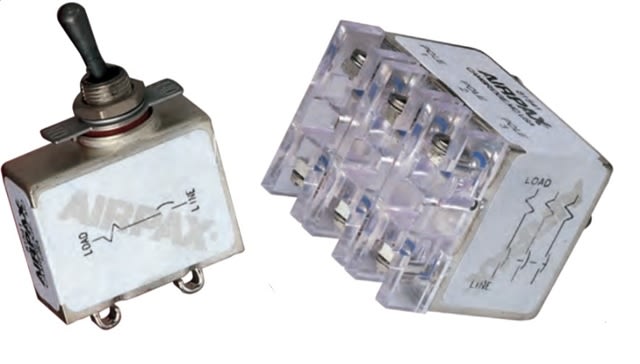SeattleChris
Electrical
- Mar 29, 2007
- 8
Hello folks,
I want to use a ceramic cap + series resistor in place of a single Tantalum cap for the load capacitance on a USB VBUS power input (end-point). I'm doing this for both cost and cap size (height) profile advantages. I'm planning on using a 1 ohm resistor in series with a 4.7uF ceramic cap, but I'm not sure how to quantitatively determine the power rating for the resistor.
If I assume that the resistor will limit the rail overshoot to 5.5V on hot plug, the initial (max) instantaneous current through the resistor will still be V/R = 5.5/1 = 5.5A and the power requirement is therefore 30.25W!
I know that I probably only need a 1/4W resistor but I'm not sure how to use temperature derating curves for resistors to do the math.
I think I'm missing the formula for temperature rise per Watt per unit time through the resistor. It's probably something obvious, that I'll kick myself for later, but having an ego doesn't help me get my job done here! :O)
Thank you for your help!
Chris
I want to use a ceramic cap + series resistor in place of a single Tantalum cap for the load capacitance on a USB VBUS power input (end-point). I'm doing this for both cost and cap size (height) profile advantages. I'm planning on using a 1 ohm resistor in series with a 4.7uF ceramic cap, but I'm not sure how to quantitatively determine the power rating for the resistor.
If I assume that the resistor will limit the rail overshoot to 5.5V on hot plug, the initial (max) instantaneous current through the resistor will still be V/R = 5.5/1 = 5.5A and the power requirement is therefore 30.25W!
I know that I probably only need a 1/4W resistor but I'm not sure how to use temperature derating curves for resistors to do the math.
I think I'm missing the formula for temperature rise per Watt per unit time through the resistor. It's probably something obvious, that I'll kick myself for later, but having an ego doesn't help me get my job done here! :O)
Thank you for your help!
Chris




